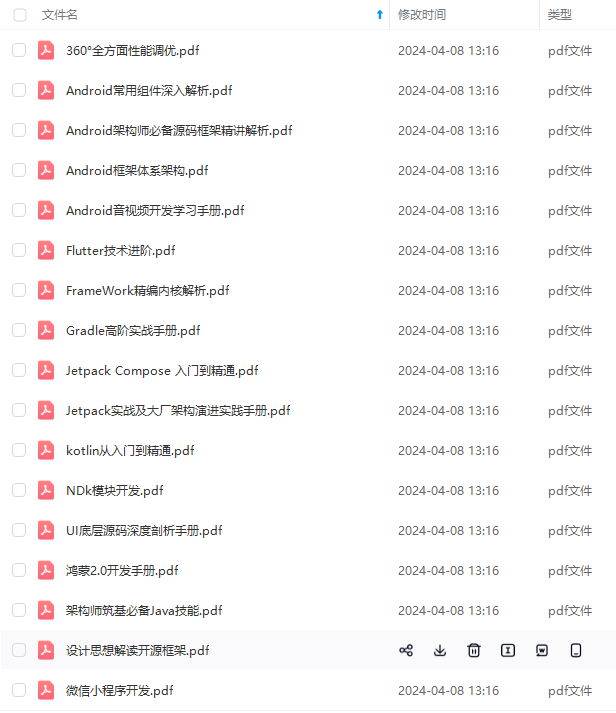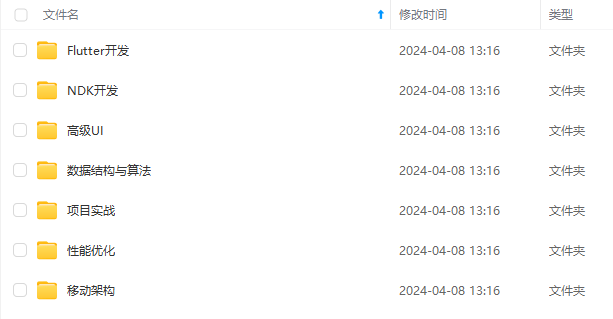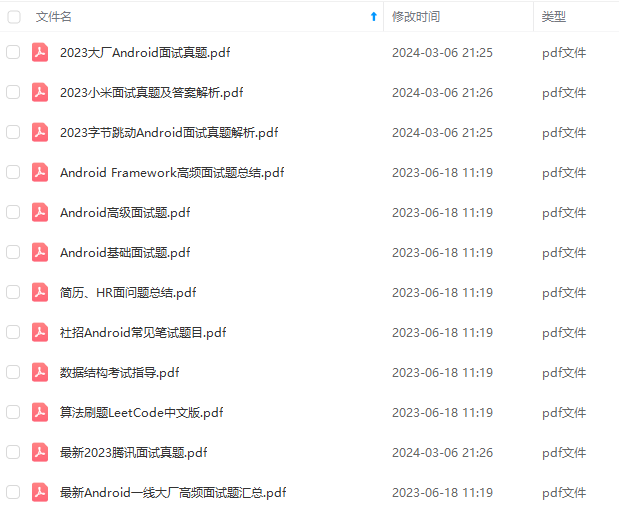*/
public class Mahjong {
public int suit;//筒,万,索
public int rank;//点数 一 二 三
public Mahjong(int suit, int rank) {
this.suit = suit;
this.rank = rank;
}
@Override
public String toString() {
return “(”+this.suit+" “+this.rank+”)";
}
}
/**
- 用系统自带的 链表结构 LinkedList 来进行将麻将排序
- @param list
*/
private void radixSort(LinkedList list) {
//1. 先把所有的点数分别装入到对应的链表组中
//创建一个点数最大的为 9 的集合
LinkedList[] linkedList = new LinkedList[9];
//先初始化这 9 个链表目的是装所有的对应的点数
for (int i = 0; i < 9; i++) {
linkedList[i] = new LinkedList();
}
while (list.size() > 0) {
//取出对应的元素放入到链表中
Mahjong mahjong = list.remove();
//mahjong.rank - 1 的意思就是对应的集合下标
linkedList[mahjong.rank - 1].add(mahjong);
}
//2. 然后再把所有的链表中的点数合并在一起
for (int i = 0; i < linkedList.length; i++) {
list.addAll(linkedList[i]);
}
//3. 在把所有的点数分别装入到对应的链表中
//花色有 3 个,那么我们就创建 3 个链表来代表装入对应的花色
LinkedList[] linkedLists =new LinkedList[3];
for (int i = 0; i < 3; i++) {
linkedLists[i] = new LinkedList();
}
//把对应的花色装在对应的链表中
while (list.size()>0){
Mahjong mahjong = list.remove();
linkedLists[mahjong.suit - 1].add(mahjong);
}
//4. 最后在把对应的点数链表装在一个新的集合中
for (int i = 0; i < linkedLists.length; i++) {
list.addAll(linkedLists[i]);
}
}
- 应用
数据量几十个,插入操作多的情况
编写双向链表 LinkedList CURD
- 参考图解

- 编写代码
/**
- Created by yangk on 2019/1/29.
-
- 自己定义的双向链表结构 LinkedList
*/
public class CustomLinkedList {
/**
- 链表的头部
*/
transient Node head;
/**
- 链表的尾部
*/
transient Node tail;
/**
- 当前链表的大小
*/
transient int size;
/**
- 存入数据
*/
public boolean add(E e) {
linkLast(e);
return true;
}
/**
- 返回当前链表的大小
- @return
*/
public int getSize() {
return size;
}
/**
- 将当前数据存入到链表的头部
- @param e
*/
public void addFirst(E e) {
Node h = head;
//创建新节点
Node newNode = new Node<>(null, e, head);
head = newNode;
if (head == null) {
tail = newNode;
} else {
h.pre = newNode;
}
size++;
}
/**
- 根据索引搜索到的节点数据
- @param index
*/
public E get(int index) {
if (isPositionIndex(index)) {
return searchNode(index).data;
}
return null;
}
/**
- 根据索引添加数据
- @param index
- @param e
*/
public void add(int index, E e) {
addIndex(index, e);
}
/**
- 删除第一个节点
*/
public E remove() {
return removeFirst();
}
/**
- 删除头节点
- @return
*/
private E removeFirst() {
Node h = head;
if (h == null)
throw new NoSuchElementException();
return unlinkFirst(h);
}
private E unlinkFirst(Node h) {
//删除的 数据
E deleData = h.data;
//找到要删除的后驱
Node next = h.next;
//清理节点
h.data = null;
h.next = null;
//将当前要删除的后驱置为链表头
head = next;
if (next == null) {
tail = null;
} else {
next.pre = null;
}
h = null;
size–;
return deleData;
}
private void addIndex(int index, E e) {
if (isPositionIndex(index)) {
//找到当前需要插入的索引位置
if (index == size) {
linkLast(e);
} else {
add(e, searchNode(index));
}
}
}
/**
- 添加新节点到 searchNode 前驱
- @param e
- @param searchNode
*/
private void add(E e, Node searchNode) {
//找到 searchNode 前驱节点
Node snPre = searchNode.pre;
//创建新节点
Node newNode = new Node<>(snPre, e, searchNode);
searchNode.pre = newNode;
//这里判断 snPre 是否为空 入股为空说明 head 没有数据,如果有数据 就直接把 snPre . next() = newNode
if (snPre == null) {
head = newNode;
} else {
snPre.next = newNode;
}
size++;
}
private Node searchNode(int index) {
//优化寻找节点 如果 index > size / 2 就从尾部开始查询,反之从 head 开始遍历查询
if (index > (size >> 1)) {
Node t = tail;
for (int i = size - 1; i > index; i–) {
t = t.pre;
}
return t;
} else {
Node h = head;
for (int i = 0; i < index; i++) {
h = h.next;
}
return h;
}
}
/**
- 将数据存入到当前链表尾部
- @param e
*/
private void linkLast(E e) {
//拿到尾部的节点数据
Node t = tail;
//创建新的节点数据,因为是存在当前节点的尾部,
// 那么直接默认将当前添加进来的 E 的前驱设置为
// 当前链表中的尾部数据,现在已经形成单链表了
// 下一步直接形成双向链表
Node newNode = new Node<>(t, e, null);
//现在是双向链表,要把新的节点指向当前的尾部节点,尾部节点指向新的节点
tail = newNode;
//如果尾部节点为空 那么说明 head 也是空数据 那就吧新节点数据赋值给 head
if (t == null) {
head = newNode;
} else {
t.next = newNode;
}
size++;
}
/**
- 创建一个空的构造者
*/
public CustomLinkedList() {
}
private boolean isPositionIndex(int index) {
return index >= 0 && index <= size;
}
/**
- 定义一个内部节点
-
- 双向链表需要前驱,后驱,数据
/
public static class Node {
/* - 当前节点的前驱
/
private Node pre;
/* - 当前节点的数据
/
private E data;
/* - 当前节点的后驱
*/
private Node next;
public Node(Node pre, E data, Node last) {
this.pre = pre;
this.data = data;
this.next = last;
}
}
}
- 测试代码
@Test
public void testCustomLinkedList() {
CustomLinkedList linkedList = new CustomLinkedList();
linkedList.add(22);
linkedList.add(2);
linkedList.add(77);
linkedList.add(6);
linkedList.add(43);
linkedList.add(76);
linkedList.add(89);
linkedList.add(0,0);
for (int i = 0; i < linkedList.size; i++) {
int integer = linkedList.get(i);
System.out.println(“–CustomLinkedList–CustomLinkedList” +integer+“”);
}
System.out.println(“\n\n”);
Integer remove = linkedList.remove();
System.out.println(“–CustomLinkedList–CustomLinkedList” +remove);
Integer remove1 = linkedList.remove();
System.out.println(“–CustomLinkedList–CustomLinkedList” +remove1+“”);
Integer remove2 = linkedList.remove();
System.out.println(“–CustomLinkedList–CustomLinkedList” + remove2 + “”);
System.out.println(“\n\n”);
for (int i = 0; i < linkedList.size; i++) {
int integer = linkedList.get(i);
System.out.println(“–CustomLinkedList–CustomLinkedList” +integer+“”);
}
}
- 测试结果

编写简单的 ArrayList CURD
public class CustomArrayList {
/**
- 默认的空元素对象
*/
private static final Object[] DEFAULTCAPACITY_EMPTY_ELEMENTDATA = {};
/**
- 空元素数据
*/
private static final Object[] EMPTY_ELEMENTDATA = {};
/**
- 默认的元素对象
*/
private Object[] elementData = null;
/**
- 容量大小
*/
private int size = 0;
/**
- 默认的容量大小
*/
private static final int DEFAULT_CAPACITY = 10;
/**
- 最大的数量
- TODO------------减 8 是什么意思没有搞懂
*/
private static final int MAX_ARRAY_SIZE = Integer.MAX_VALUE - 8;
/**
- 赋值为一个空对象
*/
public CustomArrayList(){
elementData = DEFAULTCAPACITY_EMPTY_ELEMENTDATA;
}
/**
- 外部指定初始化一个容量大小
- @param initCapacity
*/
public CustomArrayList(int initCapacity){
if (initCapacity > 0){
elementData = new Object[initCapacity];
}else if (initCapacity == 0){
elementData = EMPTY_ELEMENTDATA;
}else {
throw new IllegalArgumentException("Illegal Capacity: "+
initCapacity);
}
}
/**
- 添加数据
*/
public boolean add(E e){
//判断是否需要开辟容量空间
checkIsNeedCapacity(size + 1);
//添加添加数据
elementData[size++] = e;
return true;
}
private void checkIsNeedCapacity(int minCapacity) {
if (elementData == DEFAULTCAPACITY_EMPTY_ELEMENTDATA){
minCapacity = Math.max(DEFAULT_CAPACITY, minCapacity);
}
ensureExplicitCapacity(minCapacity);
}
private void ensureExplicitCapacity(int minCapacity) {
// overflow-conscious code
if (minCapacity - elementData.length > 0)
grow(minCapacity);
}
/**
- 开辟空间的核心代码
- @param minCapacity
*/
private void grow(int minCapacity) {
// overflow-conscious code
int oldCapacity = elementData.length;
int newCapacity = oldCapacity + (oldCapacity >> 1);
if (newCapacity - minCapacity < 0)
newCapacity = minCapacity;
if (newCapacity - MAX_ARRAY_SIZE > 0)
newCapacity = hugeCapacity(minCapacity);
// minCapacity is usually close to size, so this is a win:
最后
自我介绍一下,小编13年上海交大毕业,曾经在小公司待过,也去过华为、OPPO等大厂,18年进入阿里一直到现在。
深知大多数初中级Android工程师,想要提升技能,往往是自己摸索成长,自己不成体系的自学效果低效漫长且无助。
因此我收集整理了一份《2024年Android移动开发全套学习资料》,初衷也很简单,就是希望能够帮助到想自学提升又不知道该从何学起的朋友,同时减轻大家的负担。




既有适合小白学习的零基础资料,也有适合3年以上经验的小伙伴深入学习提升的进阶课程,基本涵盖了95%以上Android开发知识点!不论你是刚入门Android开发的新手,还是希望在技术上不断提升的资深开发者,这些资料都将为你打开新的学习之门
如果你觉得这些内容对你有帮助,需要这份全套学习资料的朋友可以戳我获取!!
由于文件比较大,这里只是将部分目录截图出来,每个节点里面都包含大厂面经、学习笔记、源码讲义、实战项目、讲解视频,并且会持续更新!
同时减轻大家的负担。**
[外链图片转存中…(img-srVw5dxN-1715882533167)]
[外链图片转存中…(img-IzH7Bvgm-1715882533168)]
[外链图片转存中…(img-JAVsykt5-1715882533169)]
[外链图片转存中…(img-PDY50qK0-1715882533170)]
既有适合小白学习的零基础资料,也有适合3年以上经验的小伙伴深入学习提升的进阶课程,基本涵盖了95%以上Android开发知识点!不论你是刚入门Android开发的新手,还是希望在技术上不断提升的资深开发者,这些资料都将为你打开新的学习之门
如果你觉得这些内容对你有帮助,需要这份全套学习资料的朋友可以戳我获取!!
由于文件比较大,这里只是将部分目录截图出来,每个节点里面都包含大厂面经、学习笔记、源码讲义、实战项目、讲解视频,并且会持续更新!






















 4万+
4万+

 被折叠的 条评论
为什么被折叠?
被折叠的 条评论
为什么被折叠?








